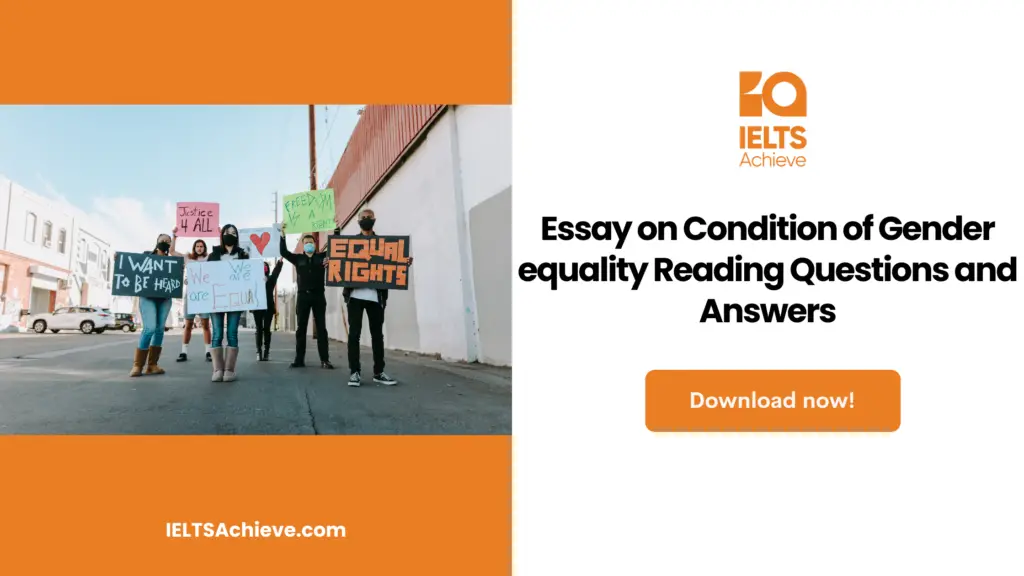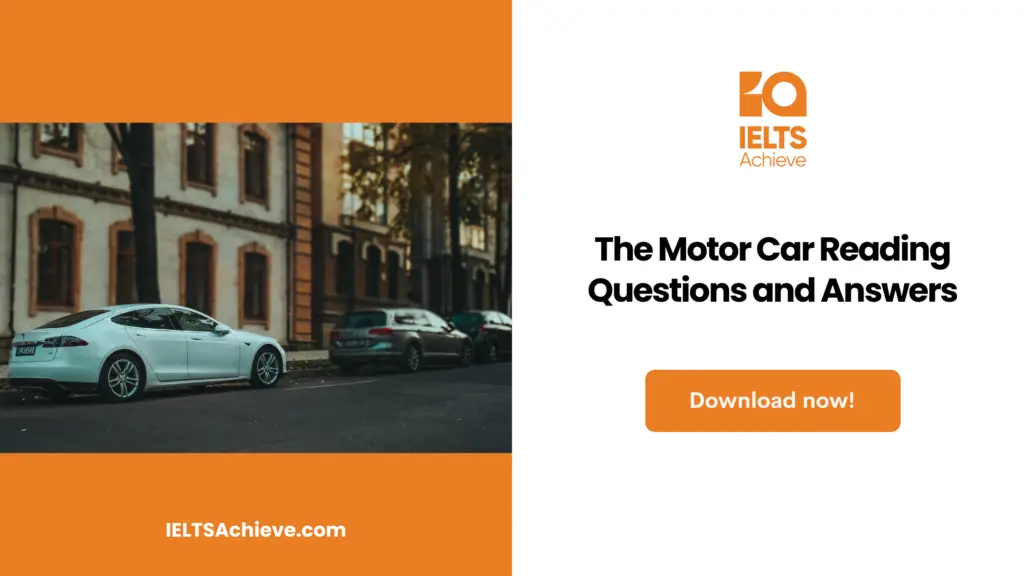- IELTS Reading sentence completion
- IELTS Reading multiple choice questions
- IELTS Reading Yes, No, and Not given
Stay informed and prepared for success – Explore our comprehensive Reading Test Info page to get valuable insights, exam format details, and expert tips for mastering the IELTS Reading section.
IELTS reading passage – The Art of Healing

The Art of Healing
As with so many other things, Tang medicine outperformed its European counterpart. It had its own “national health service” and left behind the teachings of the legendary Sun Simiao.
A. If no other evidence of Tang-era Chinese sophistication were available, a look at Chinese medicine would suffice. The Roman empire had vanished at the western end of the Eurasian continent, and there was nowhere new to claim the status of the world’s cultural and political center. Indeed, for a few centuries, this center was the capital of the Tang empire, and Tang Chinese medicine was far ahead of its European counterpart. The organizational context of health and healing was structured to an extent unprecedented in Chinese history and without precedent elsewhere.
B. Previous dynasties had left behind an Imperial Medical Office, which was immediately restructured and staffed with directors and deputy directors, chief and assistant medical directors, pharmacists and curators of medicinal herb gardens, and other personnel. The Tang administration established one central and several provincial medical colleges with professors, lecturers, clinical practitioners, and pharmacists to train students in one or all of the four departments of medicine, acupuncture, physical therapy, and exorcism within the first two decades after consolidating its rule.
C .Only after passing qualifying examinations were physicians appointed to positions in the government medical service. They were paid based on the number of cures they performed in the previous year.
D. In 723, Emperor Xuanzong personally composed and sent to all provincial medical schools a general formulary of prescriptions recommended to him by one of his imperial pharmacists. An Arabic traveler who visited China in 851 was surprised to see prescriptions from the emperor’s formulary posted on notice boards at crossroads to improve the population’s well-being.
E. The government took precautions to shield the general public from potentially harmful medical practices. The Tang legal code was the first in China to include laws prohibiting harmful and unconventional medical practices. For example, treating patients for money without following standard procedures was defined as fraud combined with theft and had to be prosecuted in accordance with theft laws. If such therapies resulted in a patient’s death, the healer was to be exiled for two and a half years. If a physician purposefully failed to practice in accordance with the standards, he was to be tried under the statutes governing premeditated homicide. Even if no one was harmed, he was sentenced to sixty strokes with a heavy cane.
F .In fact, Tang-era physicians had access to a wealth of pharmaceutical and medical texts, with contents ranging from purely pragmatic advice to highly sophisticated theoretical considerations. Concise descriptions of the position, morphology, and functions of the human body’s organs coexisted in libraries with books that allowed readers to calculate the daily, seasonal, and annual climatic conditions of sixty-year cycles and understand and predict their effects on health.
G .Several Tang authors compiled large collections of prescriptions, carrying on a literary tradition that dates back to the 2nd century BC. Sun Simiao’s (581-682?) and Wang Tao’s (581-682?) works were the two most notable to be mentioned here (c.670-755). The latter was a librarian who copied over 6,000 formulas from sixty-five older works and published them under the title Wciitai Miyao, which was divided into 1,104 sections. Ophthalmology, for example, received twenty-four sections. They reflect the Indian origins of much Chinese knowledge on eye ailments, particularly cataract surgery.
H. Sun Simiao was not only the Tang dynasty’s most eminent physician and author but also the first millennium AD’s most eminent physician and author. He was a well-educated intellectual and physician, and his worldview incorporated ideas from all three major currents competing at the time: Confucianism, Daoism, and Buddhism. Sun Simiao rose to prominence as a clinician (he was summoned to the imperial court at least once) and as the author of Prescriptions Worth Thousands in Gold (Qianjinfang) and its sequel. In contrast to developments in the 12th century, physicians treated their patients’ illnesses with prescriptions and single substances. The acupuncture tradition’s theories of systematic correspondences had not yet been extended to cover pharmacology.
I .Around the 13th century, Sun Simiao rose to the pantheon of Chinese popular Buddhism. He was regarded as the supreme Medicine God. He achieved this extraordinary position in Chinese collective memory not only as an outstanding clinician and writer but also because of his ethical concerns. Sun Simiao was the first Chinese author to write a detailed medical ethical code. His deontology is comparable to the Hippocratic Oath, despite being based on Buddhist and Confucian values. It sparked a debate about the purpose of medicine, its professional obligations, social standing, and moral justification, which lasted until the arrival of Western medicine in the nineteenth century.
J. Despite, or perhaps because of, its long-lasting affluence and political stability, the Tang dynasty did not contribute any significant new ideas to the interpretation of illness, health, and healing. Human anxieties are reflected in medical thought; changes in medical thought always occur in the context of new existential fears or fundamentally changed social circumstances. Nonetheless, medicine was a fascinating component of the Tang civilization, leaving a rich legacy for subsequent centuries.
Unlock your full potential in the IELTS Reading section – Visit our IELTS Reading Practice Question Answer page now!
Recommended Questions:
Renewable Energy IELTS Reading Question with Answer
The Art of Healing Reading Questions
Questions 1-3
Complete the sentences below with words taken from the art of healing reading passage
Use NO MORE THAN THREE WORDS for each answer.
Write your answers in the blank spaces.
The first known medical writing in China dates back to the 1.__________During the Tang era, doctors depended most on
2._________and single substances to treat their patients.
3._____________ is famous for producing a set of medical rules for Chinese physicians.
Enhance your sentence completion skills in the IELTS Reading section. Click here to access our comprehensive guide and learn effective strategies for filling in missing words or phrases in sentences.
Questions 4-6
Choose the appropriate letters A-D.
4. The writer specifically mentions in the first paragraph
A. Prior to the Tang dynasty, there was a lack of medical knowledge in China.
B. the Tang era’s Western interest in Chinese medicine
C. the Tang period’s systematic approach to medical issues
D. the Tang era rivalry between Chinese and Western cultures
5. During the Tang dynasty, a government doctor’s annual salary was determined by
A. the efficacy of his treatment
B. the breadth of his medical knowledge
C. how many people he had successfully trained
D. the breadth of his medical knowledge
6. Which of the following broke the law during the Tang dynasty?
A. refusal to practice by a qualified doctor
B. the use of unconventional medical practices
C. a patient who is dying as a result of medical treatment
D. money received for medical treatment
Ready to improve your performance in Multiple Choice Questions (MCQs)? Click here to access our comprehensive guide on how to tackle MCQs effectively in the IELTS Reading section.
Questions 7-13
Do the following statements agree with the information given in the art of healing reading passage ? Write answers for the question 7-13
- YES if the statement agrees with the information
- NO if the statement contradicts the information
- NOT GIVEN if there is no information on this in passage
7. It is well known that Chinese medical authors influenced Indian writing.
8. Waitai Miyao contained Tang-era medical data.
9. Tang citizens were encouraged to lead a healthy lifestyle.
10. Doctors who behaved in a fraudulent manner were treated in the same way as ordinary criminals during the Tang era.
11. Medical reference books published during the Tang era covered practical and academic issues.
12. During the Tang dynasty, medical knowledge was only available to the wealthy.
13. During the Tang dynasty, academic staff occasionally taught a variety of medical subjects.
Want to excel in identifying the writer’s views and claims? Click here to explore our in-depth guide on how to accurately determine Yes, No, or Not Given in the IELTS Reading section.
Unlock your full potential in the IELTS Reading section – Visit our IELTS Reading Practice Question Answer page now!
Recommended Questions:
Renewable Energy IELTS Reading Question with Answer
The Art of Healing Reading Answers
1. 2nd Century
2. Prescriptions
3. Sun Simiao
4. C
5. A
6. B
7. No
8. Not given
9. Not given
10. Yes
11. YES
12. No
13. Yes

We hope you found this post useful in helping you to study for the IELTS Test. If you have any questions please let us know in the comments below or on the Facebook page.
The best way to keep up to date with posts like this is to like us on Facebook, then follow us on Instagram and Pinterest. If you need help preparing for the IELTS Test, join the IELTS Achieve Academy and see how we can assist you to achieve your desired band score. We offer an essay correction service, mock exams and online courses.

